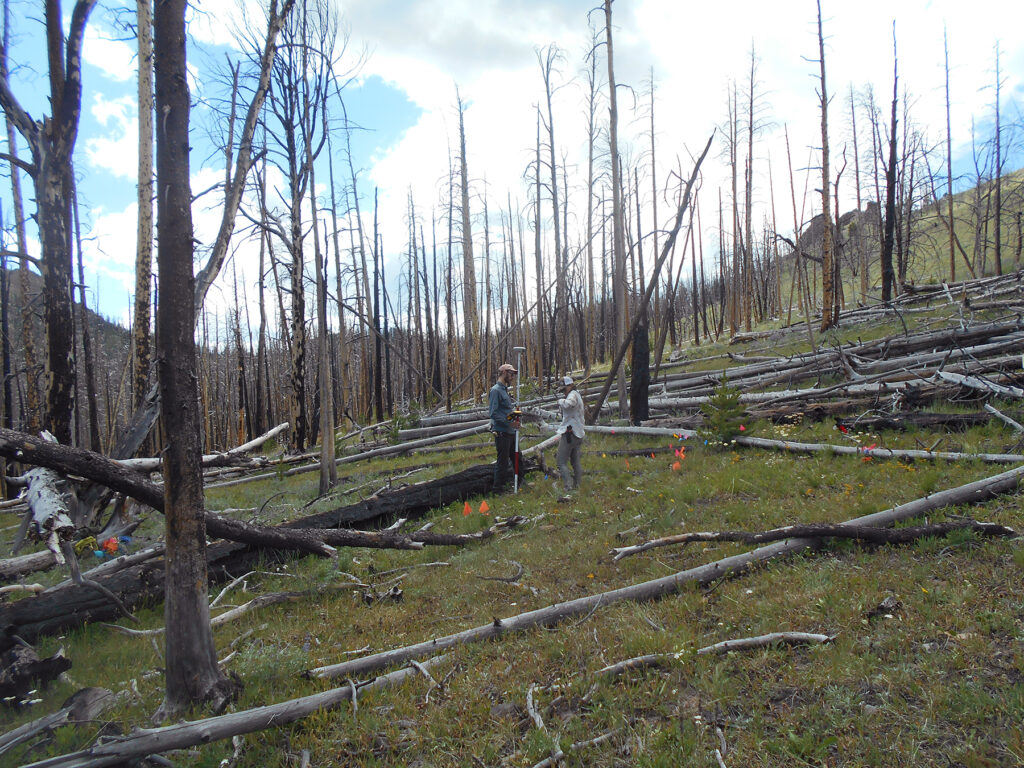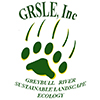48PA2666 was recorded soon after a 2003 fire burned through the area. Eakin (2005) describes the site as:
” a small campsite approximately 10 x 10 m in size and located on a low inter-stream divide. Artifacts include tri-notched and cottonwood triangular projectile points, a teshoa, a bent wire object believed to be an awl, trade beads, a “glob” of trade vermillion, a probable gun flint, a machine screw identical to types used in late 18th and early 19th century gunlocks, and butchered bighorn sheep bone Figure 11. The site is less than 1 km from 48P A2646 (Figure 1 C) but there is no basis to relate the two. Although a suite of culturally diagnostic artifacts is not present, the three projectile points and the teshoa might suggest an early historic Shoshonean association. All three of the obsidian projectile points from this site have been sourced to Obsidian Cliff. Bighorn sheep bone remaining at the site can provide information pertaining to diet as well as carcass processing and treatment. The small size of the activity area may indicate use of a temporary structure. Sites of this age are rare in the region and provide information about a poorly understood period in Native American history” (2005:79).
The site area was revisted in 2019 and additional chipped stone, including one additional tri-notched projectile point, and several more pieces obsidian and metal objects were recorded. No additional beads were recorded and all shown here are part of the University of Wyoming Archaeological Repository collections and were documented in February 2022.

References
Eakin, D.H. 2005. Evidence for Shoshonean Bighorn Sheep Trapping and Early Historic Occupation in The Absaroka Mountains of Northwest Wyoming. In University of Wyoming/National Park Service Research Center 29th Annual Report, edited by H.J. Harlow, and M. Harlow, pp. 74-86. University of Wyoming Graphic Arts and Publications, Laramie.
